Dedicated Dehumidification
To control indoor humidity, consider a stand-alone system separate from your HVAC system.
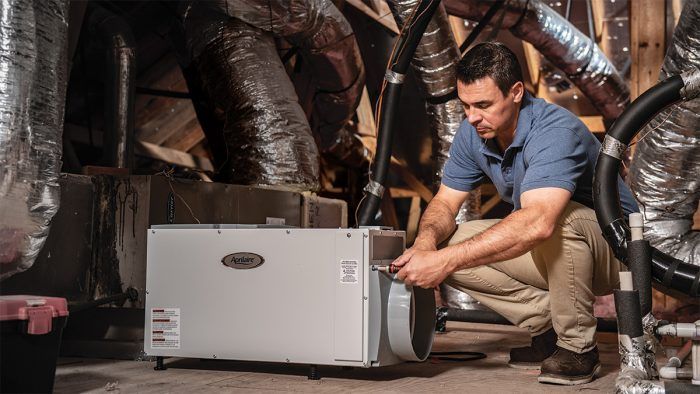
Synopsis: Damp houses are unhealthy houses, contributing to the growth of mold and dust mites and the development of a number of medical issues. During its cooling process, air conditioning removes moisture from the air, but as newly built houses gradually become better air-sealed and insulated, the problem of managing moisture removal can become too much for air-conditioning systems. A dehumidifier from the appliance store is often fine for keeping a basement room dry, but high-capacity dehumidifiers have long-lasting components and improved control. Contributing writer Scott Gibson describes the different installation methods for these capacity systems, and how to choose the right dehumidification system for the space.
Ken Gehring was the president of a Wisconsin company that produced heat-recovery water heaters and other devices for the dairy industry when, in the early 1990s, his research helped him recognize a budding problem for many homeowners: The air in their houses was too damp, and air conditioners weren’t solving the problem.
Air conditioning makes indoor air cooler, but it also makes it drier as airborne moisture condenses on the cold fins of the evaporator coil. If the air conditioner runs long enough, the air inside the house should dry to a comfortable level—roughly 50% relative humidity. But as Gehring came to realize, the AC equipment in increasingly tighter houses wasn’t coping with increased moisture levels. The equipment ran just long enough to reduce the air temperature to the set point on the thermostat, but not long enough to remove much moisture.
Oversized AC equipment, which many experts say is a rampant problem in U.S. homes, makes the situation worse. The faster the air temperature drops, the less moisture the equipment is able to extract from the air. The temperature can drop to the set point in a matter of minutes, prompting the AC to cycle off, but the air still feels uncomfortably clammy.
Start with the right equipment
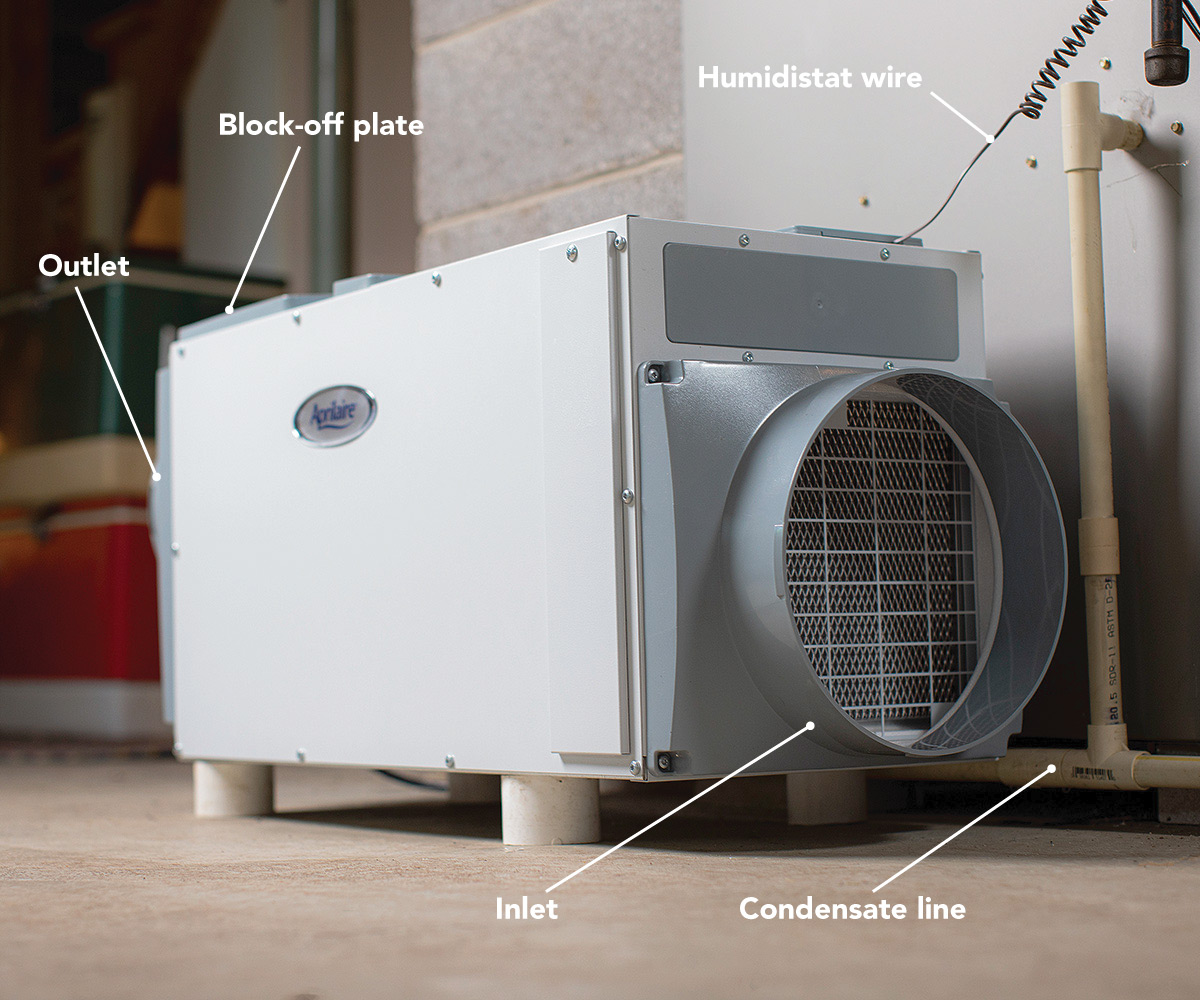
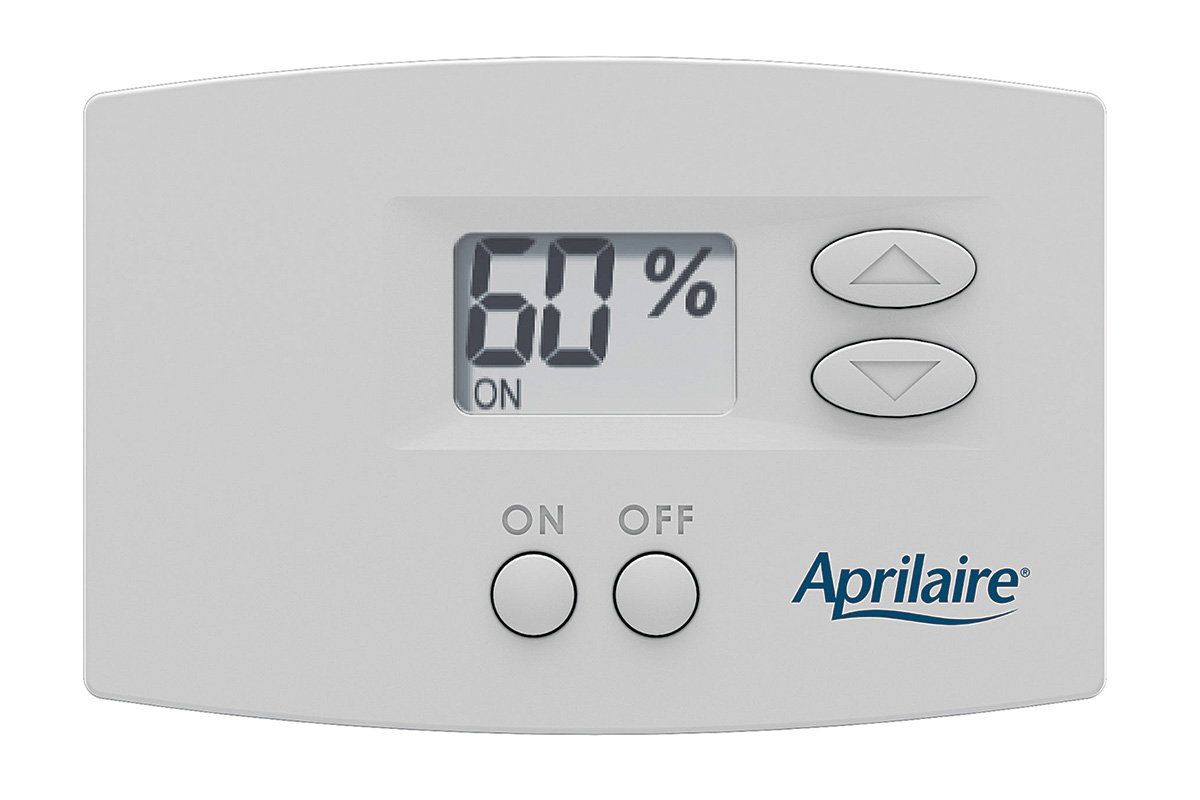
A dehumidifier from the appliance store is often fine for keeping a basement room dry, but these consumer-grade appliances won’t have the long life of the high-capacity dehumidifiers offered by dehumidification-equipment specialists and HVAC-equipment manufacturers. These heavy-duty machines have replaceable components and longer warranties, and they can be controlled with remote humidistats. They can be installed unducted, with their own ductwork, or integrated into central HVAC systems. High-capacity dehumidifiers can also control humidity in really wet spaces like rooms with a pool or spa.
HVAC contractors and engineers consider cooling loads in two parts: the “sensible” cooling load (temperature), and the “latent” cooling load (moisture removal). As newly built houses gradually became better insulated and better air-sealed, the problem of inadequate latent-load management grew worse, not better. Protected from outdoor conditions more effectively, house interiors didn’t get as warm as they used to in summer. The sensible load was smaller, requiring less AC run time. But the latent loads were about the same as they had been, so the imbalance became more pronounced.
Plus, in the shoulder seasons of spring and fall, AC might not be needed at all in many parts of the country because air temperatures are relatively mild. As a result, air conditioning doesn’t run, and without it, there is zero moisture removal unless other means are employed to deal with it. The end result was that houses were being built more carefully and were, overall, more comfortable and energy efficient. But they were getting wetter.
Into this void Gehring’s company, Therma-Stor, introduced what is credited as the first ventilating dehumidification unit, a device that could dry a large space and could be ducted to dry and filter air throughout the house. A few years later, Aprilaire introduced its own line of dehumidifiers, and the two companies now supply about 90% of this growing market segment.
Dedicated dehumidifiers allow humidity to be controlled separately from temperature; indoor air can be drier without resorting to overcooling, a condition that raises problems of its own. The question is, do you need one?
Damp houses are unhealthy
There are many potential health problems associated with high indoor moisture levels, and ongoing research has provided an evolving view on the relationship between damp indoor air and poor health. In 2004, there was sufficient evidence to link damp indoor air to just a few conditions, such as wheezing, coughing, and worsening of asthma. By 2011, the list was much longer and had grown to include eczema, the development of asthma, allergic rhinitis, respiratory infections, bronchitis, and shortness of breath. Damp indoor air also can promote the growth of mold and dust mites.
The moisture content of indoor air is usually measured as relative humidity (RH), which is the amount of moisture relative to its potential saturation at that air temperature. A relative humidity reading of 50%, for example, means that the air contains 50% of the maximum moisture it could hold at that temperature. But RH is a moving target because warm air holds more moisture than cold air. Air with 100% RH at 32°F has a relative humidity of only about 24% when the air is warmed to 70°F.
A more precise measure of moisture in the air is dew point. This is what the air temperature would have to be for the RH to equal 100%; moisture will condense on surfaces that are at or below this temperature— that’s when dew forms on the grass, and droplets of water materialize on a cold glass. The higher the dew point, the more humid the air. Unlike RH, the dew point is not dependent on temperature. Dew points of 60°F and above feel muggy and are common in much of the eastern United States in the summer. By the time the dew point has reached 70°F, the air is what weather forecasters would call “oppressive.”
Adding ductwork adds options
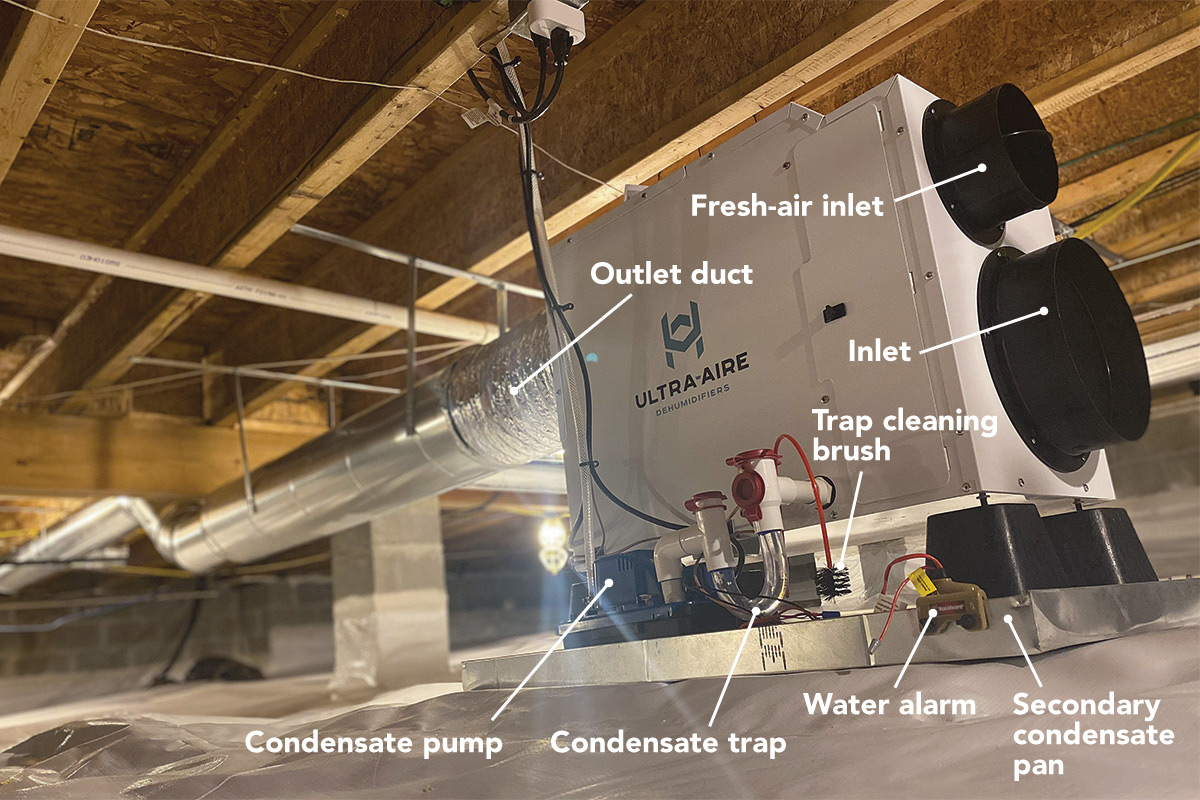
Connecting ductwork to the inlet, outlet, or both sides of a high-capacity dehumidifier helps dry larger spaces more uniformly and allows you to install the dehumidifier in a mechanical closet or other non–living space to reduce its noise impact on the rest of the home. Like all HVAC ductwork, dehumidification ducts should be sealed and installed so the runs are as straight as possible. Any curves should be smooth and long-radius and maintain the duct diameter. Flex duct should be pulled tight and its ends sealed to minimize air and pressure loss. High-capacity dehumidifiers can be configured vertically for overhead ducts found in basements or horizontally for attics and crawlspaces.
So what’s comfortable, and what’s healthy? Allison Bailes III, a Georgia building consultant, says the optimal range is between 40% and 60% RH, although it should not stay at 60% for extended periods of time. John Bloemer, executive advisor and engineering fellow at Aprilaire, says most people will still be comfortable when the indoor temperature is 74°F and the RH is about 60% (a dew point of roughly 59°F); when the temperature reaches the mid-70s and the RH is 65%, people will begin to feel uncomfortable and moisture issues may develop.
And where dew points are high, the need for dehumidification is higher. The eastern half of the U.S., and particularly the Southeast, are the nation’s most humid. In many parts of the West, the air is much drier and the need for dehumidification equipment that much lower.
Choosing a dehumidifier
There are different mechanisms that can be used for dehumidification, from desiccants to ionic membranes, but the most common type of dehumidifier for residential use is a self-contained unit that works on a vapor-compression cycle similar to a conventional air conditioner. The device draws indoor air over an evaporator coil that has been cooled below the dew point, the moisture in the air condenses to a liquid state on the coil, and the dehumidifier expels heat (much of it the latent heat released when airborne moisture changes phase from water vapor to liquid water) as a byproduct. Dehumidifiers are rated by the volume of water they can remove from the air in a 24-hour period.
“The industry really has three buckets,” says Bloemer. “In a basement you might get away with a 70-pint unit. A whole home, you typically are in the 90- to 95-pint range. A large home [5000 sq. ft. or more], you might get into the 150-pint range.”
Nikki Krueger, building science and business development manager for Therma- Stor, says general sizing recommendations are based on square footage, but there are many variables: how leaky the house is, where it’s located, what the overall ventilation strategy is, and how many people live there. Therma-Stor’s Ultra Aire line includes eight models with capacities ranging from 33 pints to 205 pints per day. Efficiency ranges from 5 pints per kwh of electricity to 7.6 pints per kwh, depending on the model.
Krueger says that in new construction, Manual J calculations should be available to show latent and sensible cooling loads. The ACCA’s Manual S—which is used to select heating and cooling equipment—recommends that dehumidification equipment be sized to take care of 85% of the latent load on the assumption that AC equipment will take care of the rest. Still, there’s plenty of leeway in choosing capacity, Krueger says. The big downside to more capacity is higher operating costs, but the penalties for oversizing are less significant than they would be for heating or cooling equipment. “You can’t really oversize a dehumidifier,” Krueger says, “but you can undersize it.”
Prices for whole-house dehumidifiers— not including installation—can range from about $1150 for a 70-pint Aprilaire for a small home or condo to over $2600 for an Ultra Aire 155-pint model designed for spaces up to 3500 sq. ft.
Installation options
At its simplest, a dehumidifier can be parked in a basement, crawlspace, or closet without any ducts or outdoor-air inlets. Condensate is gravity-fed or pumped to a sump or drain. Given enough time, and with an open floor plan, an unducted dehumidifier will bring RH levels down throughout the house. This approach doesn’t work as well in houses with a lot of interior walls and doors.
The most common way to install a high-capacity dehumidifier in a house with a forced-air heating system is to connect it to the existing ductwork for distribution around the house. A separate duct can be connected to the outdoors to bring in fresh air.
Although a dehumidifier can share ductwork with other ventilation equipment, according to David Treleven of Therma-Stor, the gold standard for installation is to have the dehumidifier installed separately with its own ductwork. As Treleven explains, when the appliances are installed independently of each other, they can operate simultaneously without causing static-pressure problems and without requiring oversized ducts. The downside to this approach is higher cost.
Tie in to HVAC for whole-house dehumidification

Connect a high-capacity dehumidifier to the trunk line of an air handler, central heat pump, or forced-air furnace for whole-house humidity control in the milder seasons. The inlet side of the system starts with a tap into the HVAC system’s main return duct or a dedicated register in a central hallway. The dehumidifier’s outlet duct delivers dehumidified air into the trunk line using the dehumidifier’s built-in blower. A backdraft damper on the dehumidifier’s outlet duct prevents blowing conditioned air from the air handler into the dehumidifier.
Jacob Straub, chief innovation officer for Ripcord Engineering in Portland, Maine, says dehumidifiers are often combined with other HVAC systems to save space and money, but it’s probably not going to be the best option from a performance standpoint because dehumidifiers and ventilation equipment have different purposes.
“A ventilation system is a ventilation system, and these dehumidifiers are really latent-heat-management systems,” he says. “Combining that latent-load-management machine with the ventilation machine not only gets complicated in some ways, but it may or may not work well. Let’s say, for instance, you had a condition where you weren’t going to run the ventilation system at a high rate. Well, if you have your dehumidifier connected to that, it means you’re not going to be dehumidifying when maybe you need to. That’s the downside of tying things together.”
Factoring in whole-house ventilation
Many high-performance homes are equipped with whole-house ventilation systems. One type is an energy-recovery ventilator (ERV), which is designed to exchange moisture as well as heat as air streams cross paths in a heat exchanger. The idea is to save energy. In a hot and humid climate, an ERV will remove some of the moisture from incoming air and duct it outside with the exhaust air. This helps lower air-conditioning loads inside the house.
Some homeowners may look at an ERV as a kind of dehumidifier. But these devices can, in fact, raise indoor humidity levels under certain conditions. “The ERV will never dehumidify your house because it can’t do anything about the moisture that’s already in your house,” says David Butler, an Arizona-based building systems engineer and principal at Optimal Building Systems. “What it can do is mitigate the amount of moisture you’re introducing with ventilation. An ERV is not anything like a dehumidifier, it just reduces what you otherwise would have introduced into the house.”
ERVs can make indoor humidity much worse if installed improperly, Butler says. For example, when an ERV exhausts air from the bathroom, it will pick up very damp air when someone is showering. Even though outdoor air may be very humid, it looks like drier air to the ERV, which will dump the moisture it’s extracting from the bathroom back into the incoming air stream and into the house.
Heat-recovery ventilators (HRVs) are different. They capture more incoming or outgoing heat than an ERV but do nothing to recover humidity. Because of their advantage in what Straub calls “sensible heat recovery” (the percentage of heat from exhaust air that is transferred to incoming air during the winter), HRVs are sometimes the first choice for residential designers who are focused on saving Btus and money.
“ERVs are not dehumidifiers, but what they do is help manage the latent load,” Straub says. “They manage sensible and latent load. If you choose an HRV in a low-load home you probably need to think about using a dedicated dehumidifier if you plan on running a cooling system in the summer, because you’re not going to have the latent management capability you would have with an ERV and a cooling system.”
First, try to keep moisture out
A dedicated dehumidifier may be the only practical way of controlling indoor humidity, but Butler believes there are other ways of minimizing a moisture problem.
“Pretty much anywhere in the country other than the West, you’re going to have huge summertime latent loads,” he says. “The way to manage those is to keep the moisture out to begin with—source control.”
This amounts to paying a lot of attention to the building enclosure and air-sealing the structure carefully. Pitch the grade away from the house and manage water coming off the roof. Indoors, make sure dryers and range hoods are vented to the outside and use spot exhaust in the bathroom, kitchen, and any other area where moisture may accumulate. Don’t over-ventilate, which can draw outdoor moisture inside. A popular cooling strategy in some parts of the country where houses often lack central air conditioning is to open windows at night and use box fans in the windows or a whole-house fan in the attic to bring in cooler nighttime air. But the minute the windows go up, moisture-laden air is coming in.
Source boxAprilaire Carrier Honeywell Lennox Therma-Stor Trane |
 |
Butler isn’t so sure that an air-conditioning system is bound to fail in keeping up with latent loads, even in humid parts of the country. The key, he says, is to design the system correctly. That is, don’t oversize the AC equipment and make sure it’s adjusted for optimal moisture removal. Even Gehring, father of the ventilating dehumidifier, would agree that a well-designed AC system should be able to keep a house comfortably dry—at least during the day. But, he adds, as the sun goes down and the sensible load drops off, the AC starts to cycle on and off, running for 15 minutes and shutting off for 30. And the minute the system is off, nothing is drying the air. That’s where a dedicated dehumidifier starts to shine.
Kristof Irwin, a professional engineer, former builder, and a principal at the Austin, Texas, consulting firm Positive Energy, would argue that health and comfort should be paramount considerations in this equation, but are often overlooked by an HVAC industry that is too focused on the lowest first cost and thermal comfort rather than air quality. People living in a house are not unlike fish in a home aquarium, he says, completely immersed in their environment and subject to all of its biological hazards. The difference is that fish are provided with aerators to improve oxygen levels and filters to remove contaminants. “We treat our fish better than we treat ourselves,” he says.
Sources:
- Aprilaire, Madison, Wis., aprilaire.com
- Carrier, Palm Beach Gardens, Fla., carrier.com
- Honeywell, Charlotte, N.C., honeywellhome.com
- Lennox, Richardson, Texas, lennox.com
- Therma-Stor, Madison, Wis., thermastor.com
- Trane, Davidson, N.C., trane.com
RELATED LINKS:
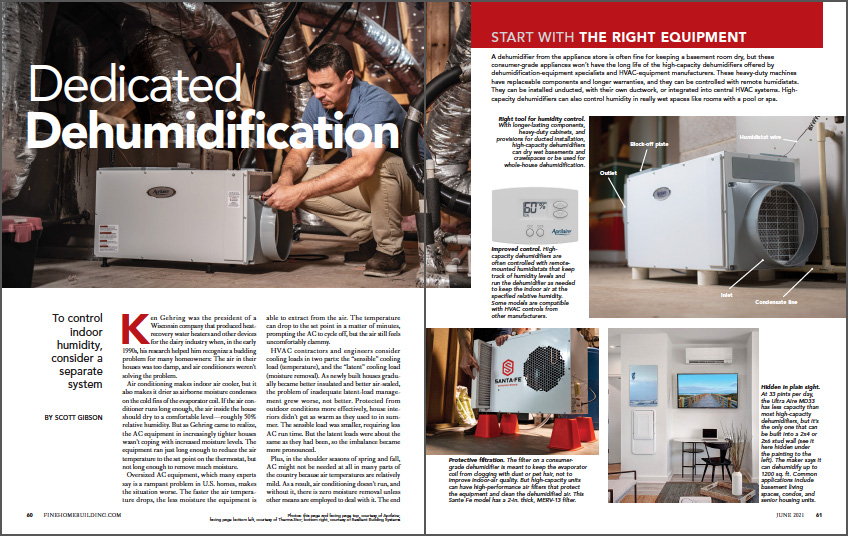
– Scott Gibson is a contributing writer in Portland, Maine.
From Fine Homebuilding #299
To view the entire article, please click the View PDF button below.

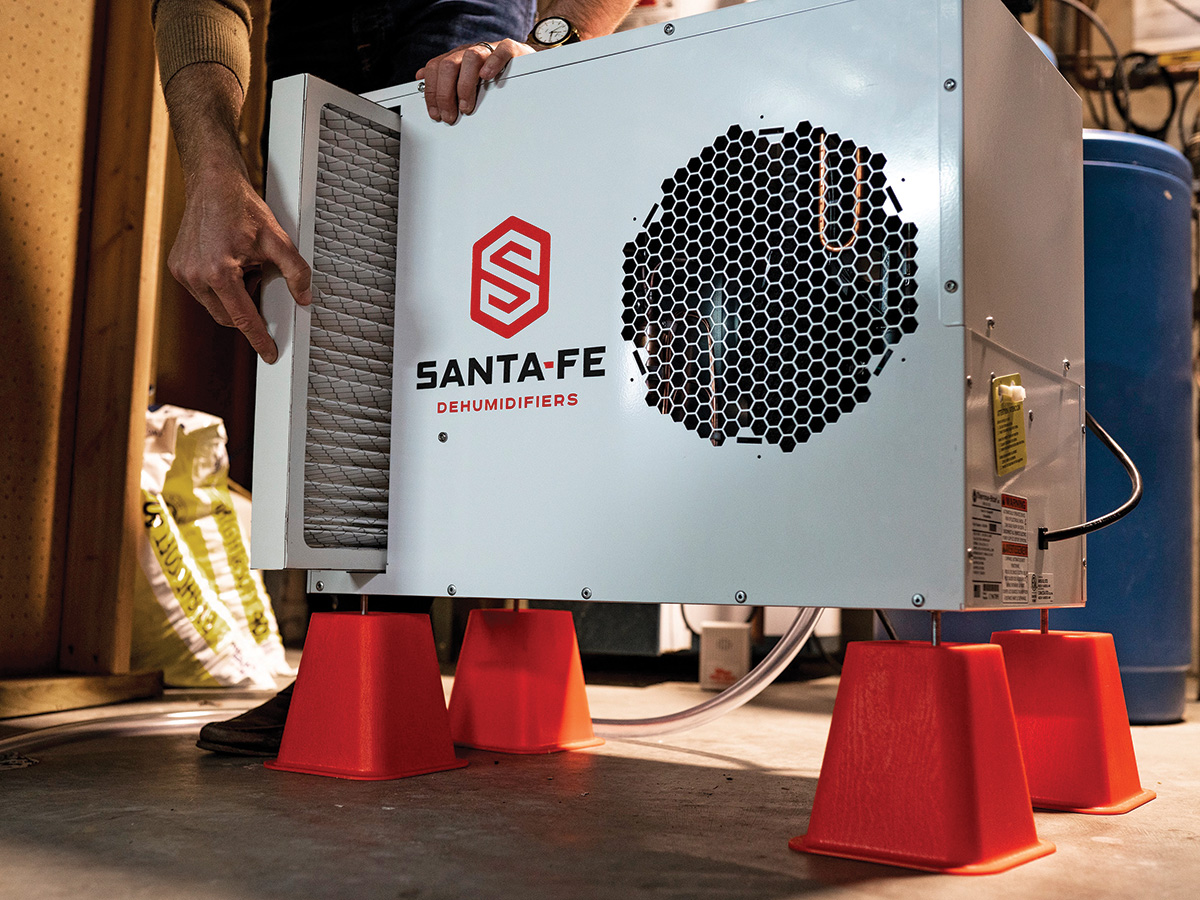
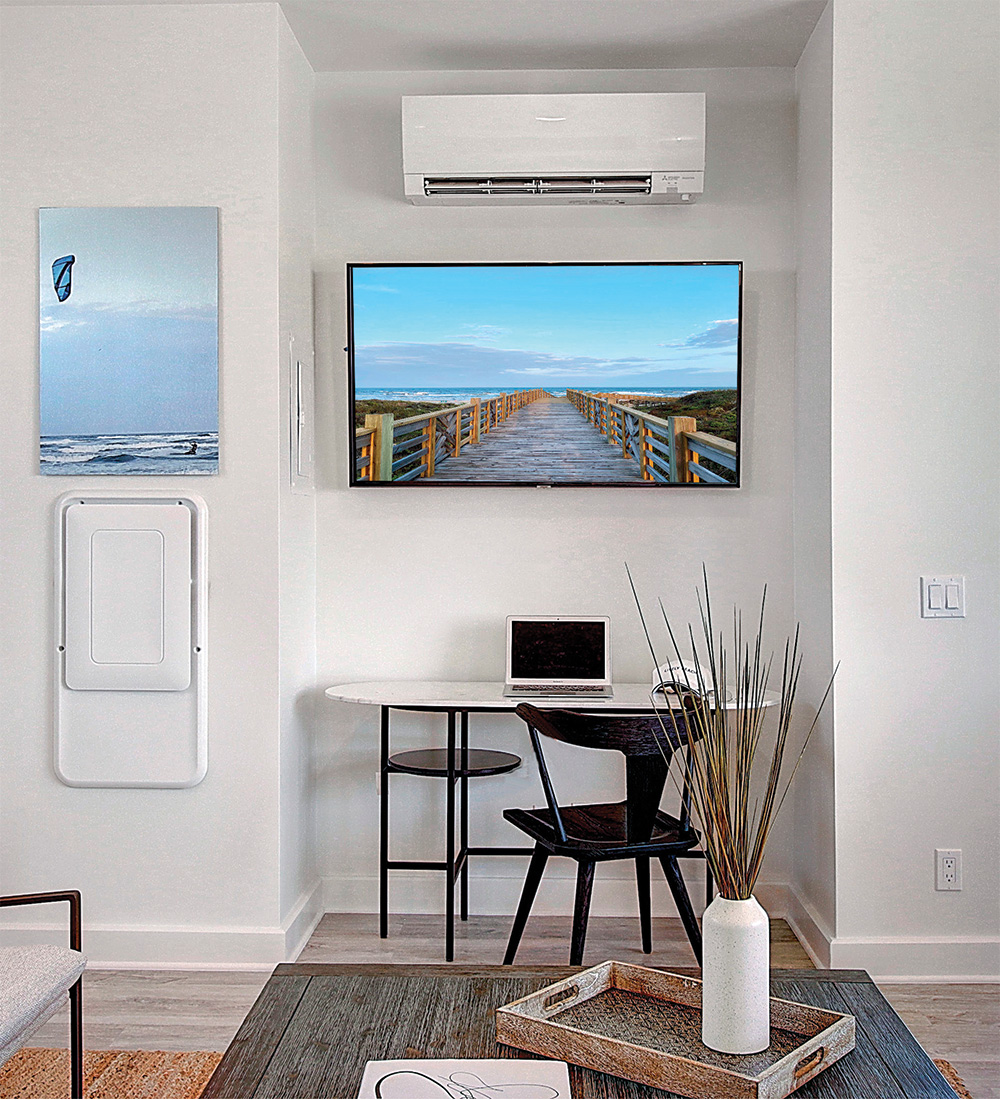

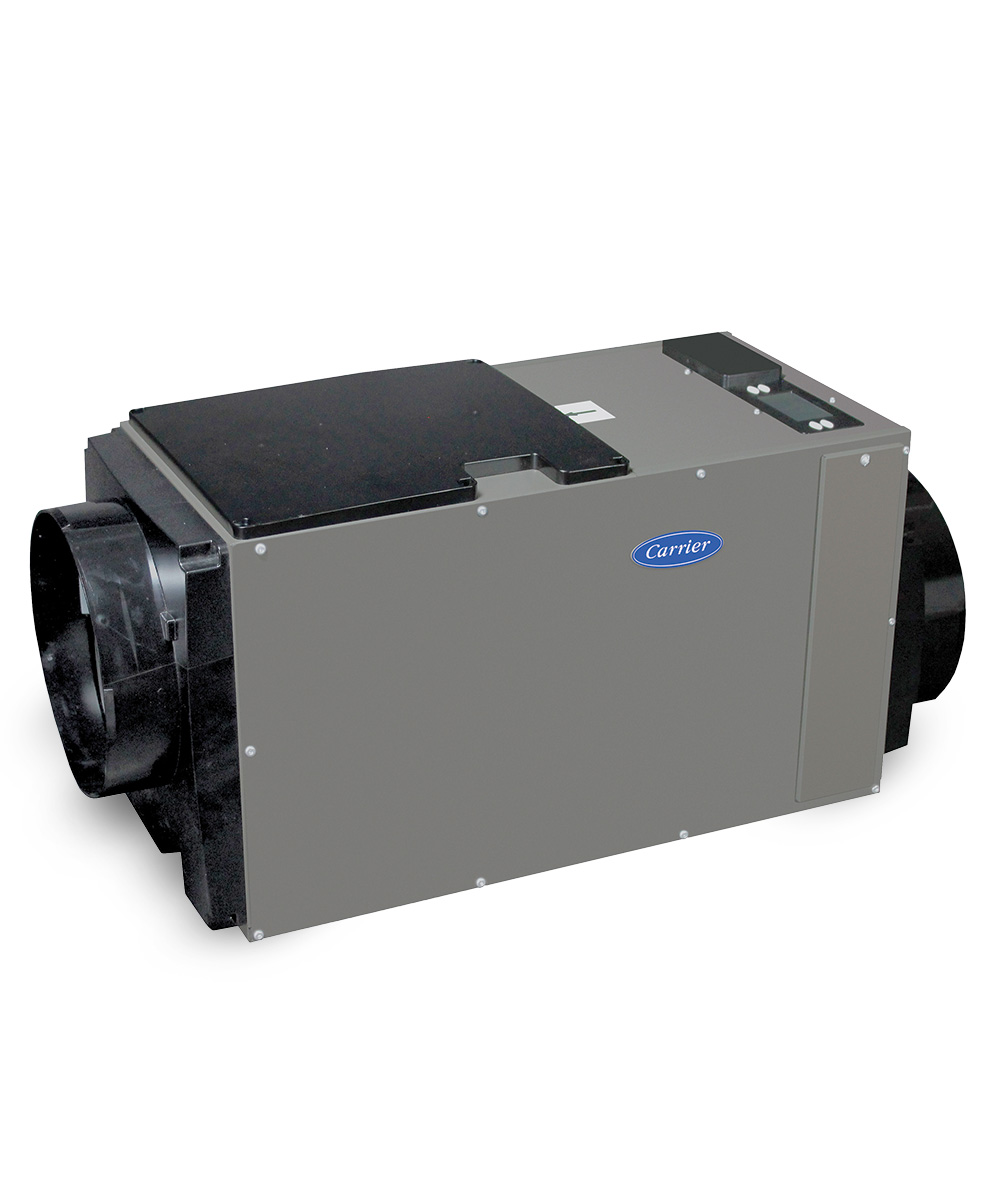

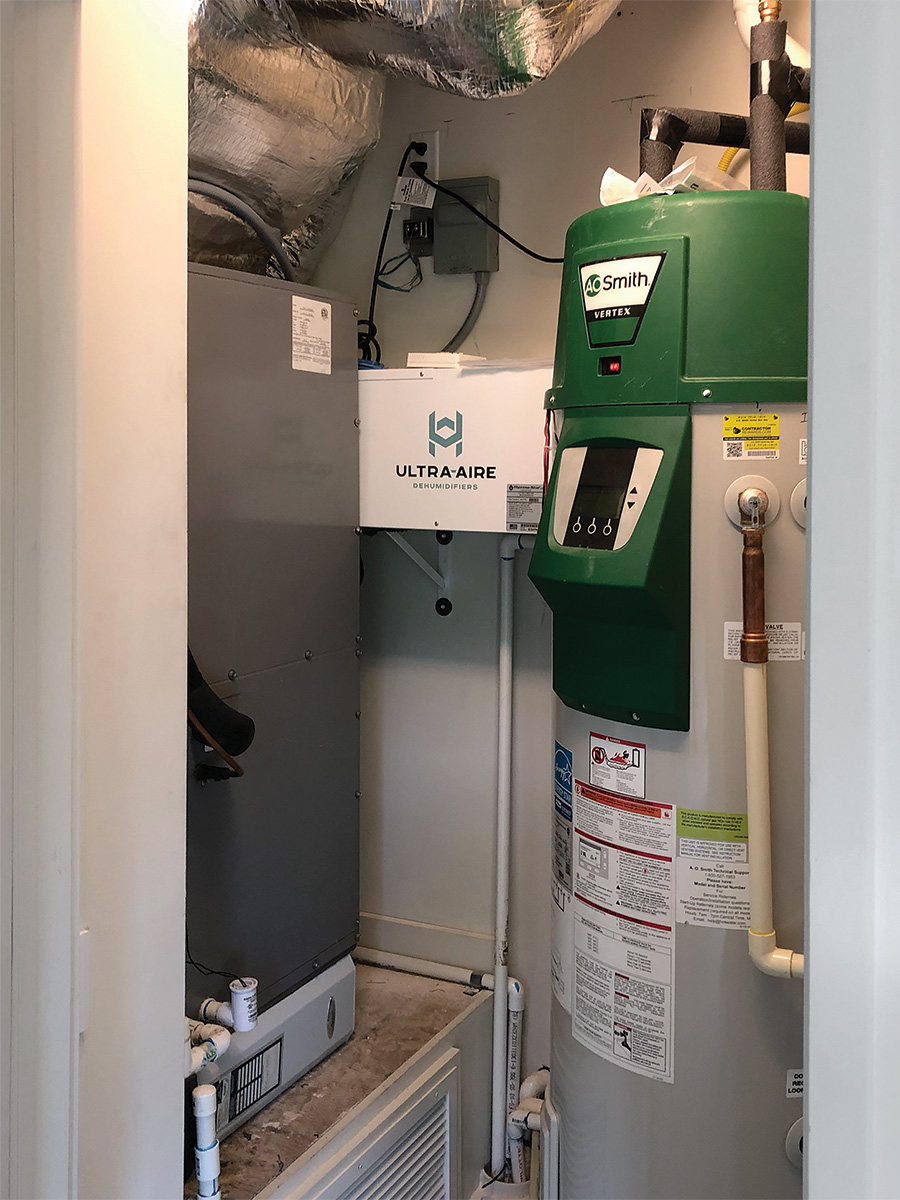





View Comments
In the section discussing ERV's, in regards to the statement, "these devices WILL(caps added), in fact, raise indoor humidity levels, not lower them" should be changed to "these devices CAN, in fact, raise indoor humidity levels, not lower them." The wording makes it sound like ERV's will always raise indoor humidity levels which of course is not accurate. If the outdoor humidity levels are somewhat lower outside versus inside at the same temperature (because relative humidity varies with temperature), then if the ERV is operating, the humidity levels inside will decrease. If the humidity levels outside are somewhat higher then inside, then if the ERV is operating, the humidity levels inside will increase; however the inside humidity will not increase as much if an ERV is not used at all in a system that forces outside air inside the home. For example, if the humidity outside is 90% at a temperature of 85 degrees and the ERV decrease this to 70% at 75 degrees, then obviously if the inside humidity is 50% at 72 degrees, the inside humidity will increase. But with a contrary scenario, the inside humidity will decrease.